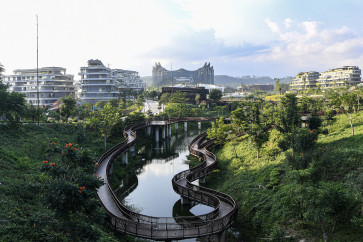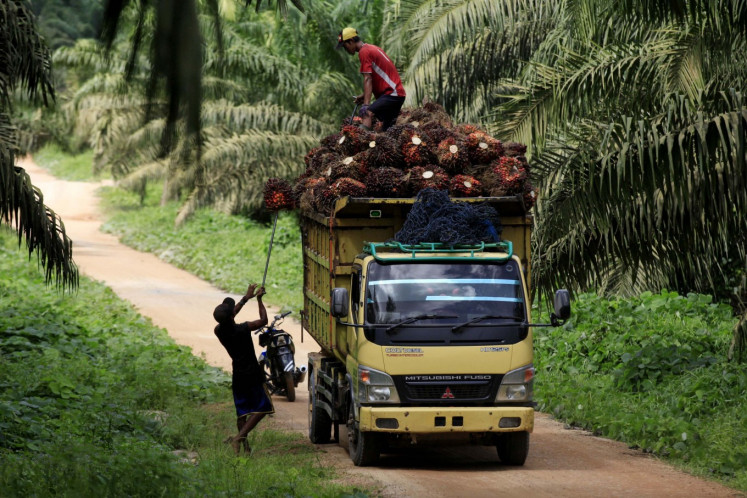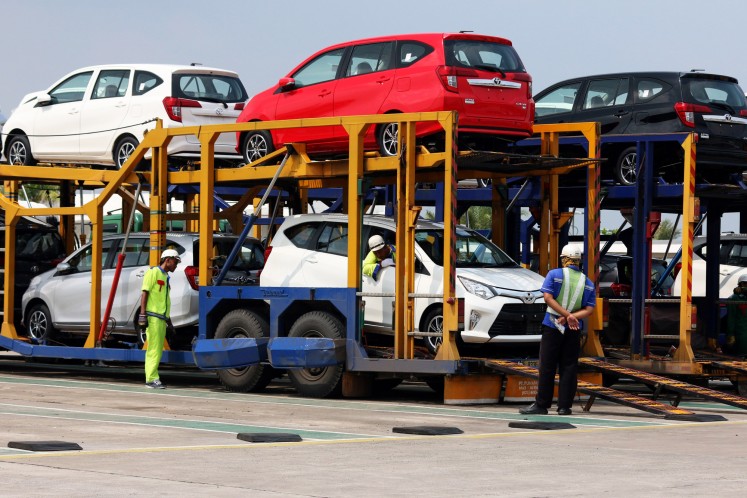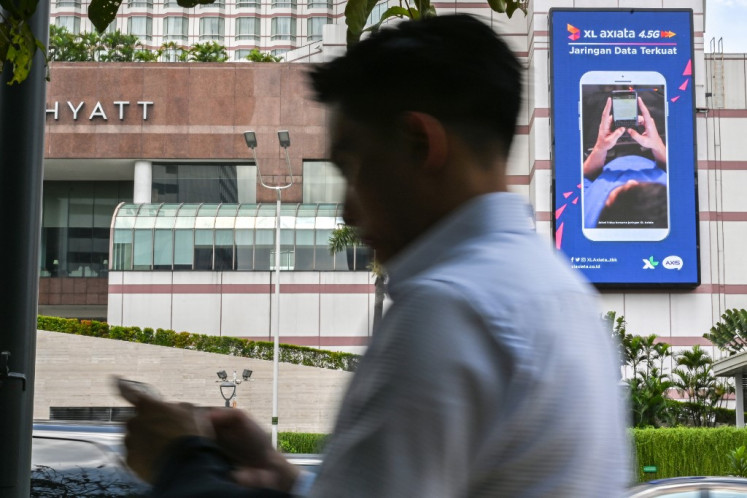Popular Reads
Top Results
Can't find what you're looking for?
View all search resultsPopular Reads
Top Results
Can't find what you're looking for?
View all search resultsWeekly 5: Things people may not know about Ciliwung River
The Ciliwung River flows 120 kilometers from Bogor in West Java to the ocean
Change text size
Gift Premium Articles
to Anyone
T
he Ciliwung River flows 120 kilometers from Bogor in West Java to the ocean. It is one of the biggest rivers flowing through Jakarta. The river is heavily polluted with trash and wastewater from millions of households and industrial plants. Nonetheless, it has some hidden potential. Here are five things about the Ciliwung that people might have missed:
Native animals and plants
It is true that the river is now polluted and pollution has almost pushed some of its native plants and animals into extinction. A native animal like the soft shell turtle called bulus senggawangan is now hard to find. However, the river still has some native fish.
According to the Indonesian Institute of Sciences (LIPI), fish like suckermouth catfish, guppy fish and tilapia fish can still be found in the river. Visitors can go to cleaner waters upstream to find such fish and if they are lucky, they may meet with a bulus senggawangan.
Besides animals, visitors can also learn about the river's native plants such as salak (snakefruit), condet and cempedak condet (a family of jackfruit).
Jakarta Deputy Governor Djarot Saiful Hidayat said on Wednesday during the celebration of Ciliwung Day that if environmental degradation around the river continued, it was possible that these native animals and plants would finally go into extinction.
Environment preservation
Those who love exploring nature and learning about the wisdom it has to give might consider a boat ride on the river.
There are many communities, such as the Ciliwung Condet Community in East Jakarta, that offer river tracing services. These services enable visitors to see the amount of trash in the river and learn how pollution has harmed the environment.
Ciliwung Condet Community member Isto Hari said that his community conducted river tracing activities to make visitors aware of the amount of pollution in the river.
Betawi culture and tradition
Ciliwung River was once a center of life for the ancestors of the Betawi people, the natives of Jakarta.
Isto said that in the past, people generally prayed and held rituals near Ciliwung River when they wished for good fortune.
'The ritual is hardly found today because the environment around the river is damaged,' he said.
Jakartans today may not practice some of the habits and traditions that the old Betawi people practiced because time has changed and life today is no longer centered around the river. However, Jakartans can still learn about what their ancestors did in the past by going to the river. They can ask a local community to explain the local culture and the old traditions.
Urban villages
Most urban villages in Jakarta were built near rivers, including Ciliwung. Some of the villages existed before Indonesian Independence. Houses and buildings in the villages were built by the community without the help of famous architects.
Urban-poor activist and Ciliwung Merdeka Community leader Sandyawan Sumardi said recently that urban villages generally had architectural designs that were different from one another.
How the villages around Ciliwung River were built and what distinctive architectural characteristics they have possess are interesting things to find out.
Economic activity
As most people living on the river banks are poor, learning about their living and how they survive amid rocketing prices in Jakarta could be interesting.
People on the river bank, often referred to as the river community, have developed an economic cycle within their own community. There are people who make a living as scavengers and street musicians while others sell food and snacks and make transactions within themselves to support each other.
Sandyawan said that this system had saved the lives of many poor people in Jakarta.










